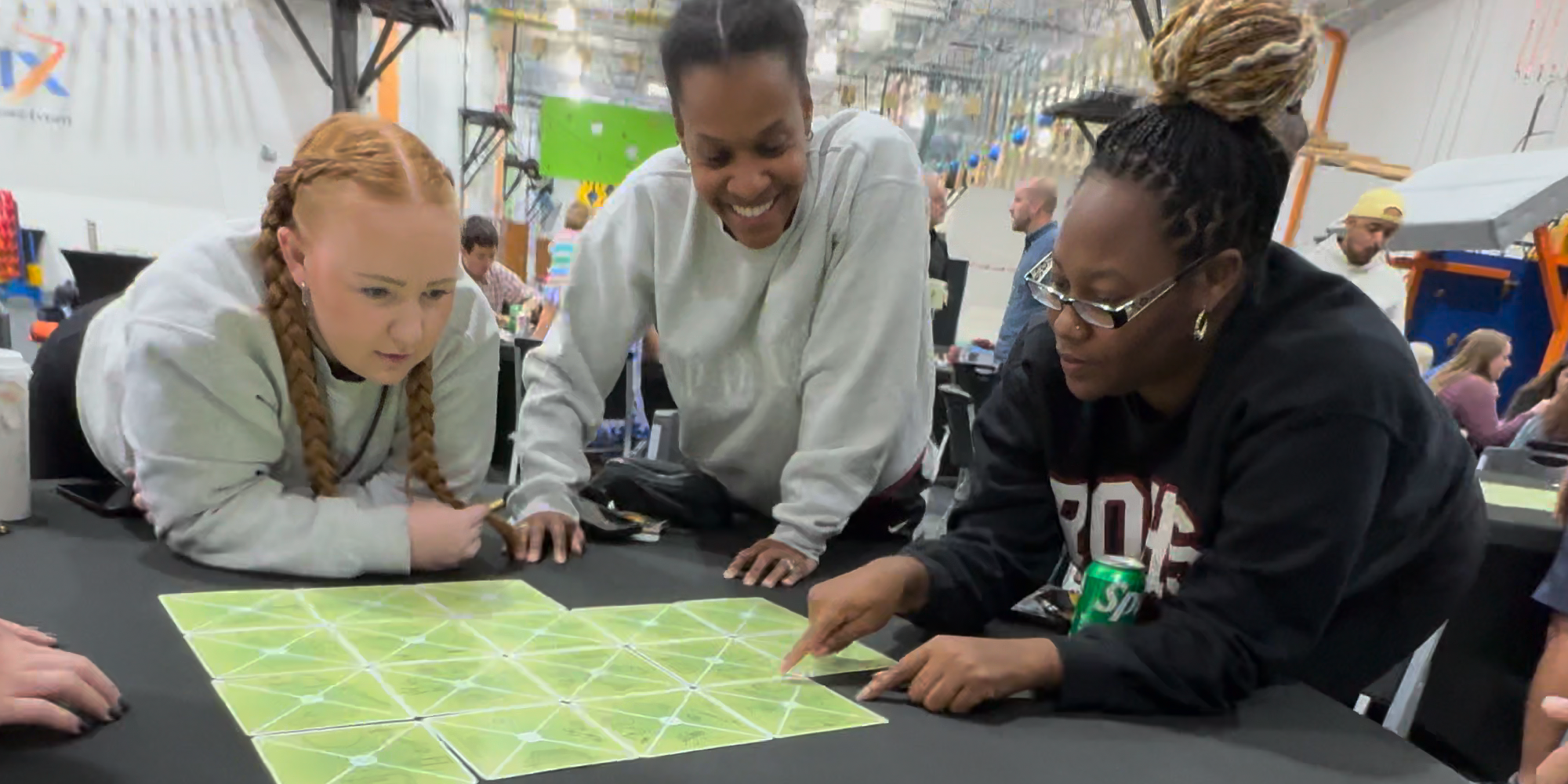Resilience is talked about a lot these days and for good reason.
Generally speaking, resilience is often defined as the ability to withstand adversity and bounce back from difficult life events. It does not mean an absence of stress, emotional upheaval or suffering in one’s life, rather an ability to work through emotional pain and suffering when it occurs.
Regardless of how you look at it, resilience is important because it gives people the strength they need to overcome challenges and work through problems. If you lack resilience, especially as a young person, you can easily get overwhelmed and may turn to unhealthy coping mechanisms.
How Much Does Resilience Matter to Learning?
A lot.
A well-known 2011 meta-study by Durlak et al, reviewed 213 school-based, universal social and emotional learning programs involving over 270,000 US students from kindergarten to high school and found significantly improved social and emotional skills, improved positive attitudes about self, others and school.
On the back of improved behaviours lasting at least 12 months, many studies show a remarkable gain in academic achievement among students who exhibit strong, resilient characteristics.
As the folks at Resilient Youth say, how you nourish and promote resilience may be the most influential action you take as a school leader.
For most of us, we often do not know where to start, so they produced a wonderful free document that shares 101 ways to build resilience and well-being in young people.
(sorry, link is broken)
This document is jam-packed with dozens and dozens of low-cost or no-cost practical tips, tools and suggestions that will help you build the resilience of your students in their ordinary daily lives.
The 101 ideas were compiled by experienced educators and organised by Resilient Youth’s CPR Framework – Connected, Protected and Respected.
Here are just three really simple, effective ideas you will discover inside:
- Use the language of optimism and empathy, eg show that you are listening by actively paraphrasing back what has been said. This illustrates you understand how the student feels.
- Teach a lesson about ‘How we behave towards each other.’ The PDF shares a free lesson plan about ‘How we behave towards each other’ to get you started.
- Include Brain Breaks in your lessons. As described in last week’s post, research clearly tells is regular short breaks not only provide valuable downtime (or rests) but they can also lead to increases in productivity, creativity and social skills.
You can never have enough ways to build resilience. Download Resilient Youth’s free PDF today, you’ll be glad that you did.


No Props? No Problem!
Get 150+ no-prop games & activities + exclusive 30-day free trial of playmeo. Scan QR codes to view activity videos, leadership tips, etc.

EMOJI Feeling Cards
50+ cards that portray a range of emotions from happy, sad, angry & confused. Ideal for building emotional literacy skills.

Wow, you’ve been busy!
You can open 1 more
activity for free.
Limit resets every 24 hours
or click below to get unlimited access.











Original post September 2020, last updated August 2024.